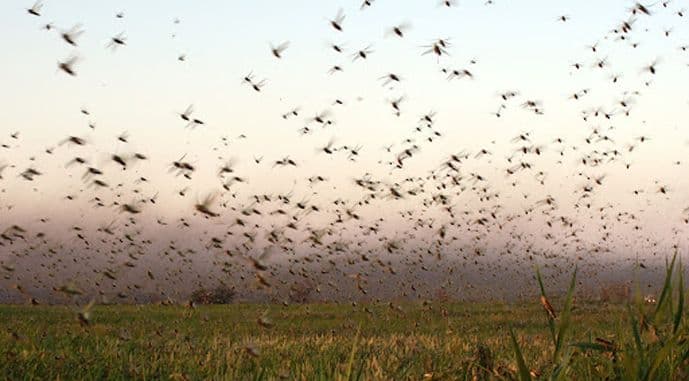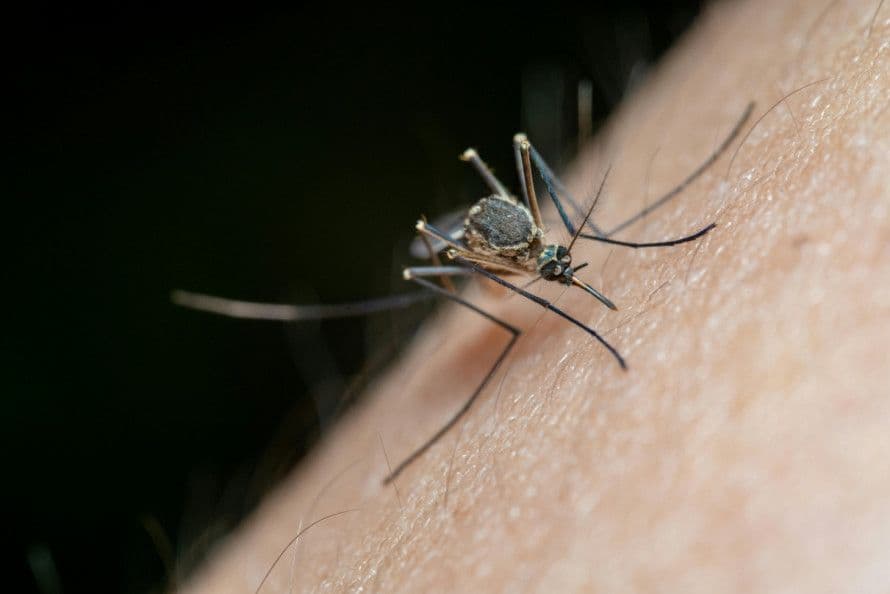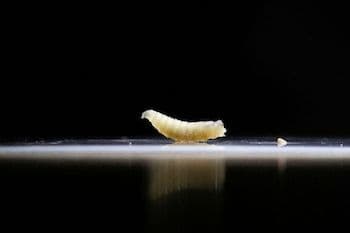The Unintended Consequence: Unmasking the Paradox Behind Ukraine's Locust Surge
Explore Ukraine's devastating locust outbreak, uncovering hidden environmental factors & the surprising ways human actions may fuel these agricultural crises.
A Swarm on the Horizon: Understanding the Current Outbreak's Scale
is currently grappling with an escalating locust invasion, a phenomenon that has rapidly expanded from its southern flanks into the nation's heartland. What began as a localized surge in the occupied territories of and has now spread with alarming speed, with significant swarms reported as far north as and . The culprits behind this agricultural assault are identified as large, often referred to as 'Egyptian locusts,' though experts clarify this moniker is more descriptive of their size than their origin. These voracious insects are known for their ability to form vast, destructive swarms, and their appearance in central marks a concerning geographical expansion. The sheer scale of this outbreak poses an immediate and formidable challenge to the country's agricultural sector, threatening to undo months of labor and vital harvests. Farmers and agricultural agencies are on high alert, witnessing the rapid propagation of these swarms across fertile lands, painting a stark picture of the immediate threat. This widespread presence underscores an urgent need for understanding and action, as the swarms continue their relentless march across the landscape.

More Than Just a Plague: The Unseen Drivers of Locust Surges
While the sight of a locust swarm is undeniably biblical in its dread, the current surge in is far from a random act of nature. Instead, it's a stark manifestation of a complex ecological paradox, driven by a confluence of environmental shifts and human interventions. , with its unpredictable weather patterns, plays a significant role, creating more 'comfortable conditions' for these insects to thrive and reproduce. , too, leaves its indelible mark; vast tracts of land, once meticulously managed, lie fallow or become inaccessible due to conflict. These uncultivated areas transform into ideal breeding grounds, free from the regular disturbance of agricultural activity that might otherwise keep insect populations in check. Furthermore, the very tools we use to combat pests can inadvertently fuel the problem. The widespread, often indiscriminate, application of pesticides, while aiming to control one threat, frequently decimates natural predators of locusts, such as birds and other beneficial insects. This imbalance removes nature’s own checks and balances, creating a vacuum that locust populations are all too eager to fill, leading to unprecedented outbreaks like the one is experiencing now.
The Silent Eaters: What These Insects Devour and Why It Matters
Locusts are not merely a nuisance; they are an agricultural catastrophe in motion. These 'silent eaters,' as they might be called, possess an insatiable appetite, capable of consuming their own weight in food daily. A single swarm, numbering in the millions or even billions, can strip fields bare in a matter of hours, leaving behind a landscape of devastation. While the specific crops targeted in aren't detailed in the immediate reports, locusts are notorious for devouring a wide array of vegetation, including vital grain crops like wheat, barley, and corn, as well as fodder for livestock and other essential agricultural produce. For , a global breadbasket, this poses an existential threat to food security, both domestically and internationally. The destruction of harvests not only impacts farmers' livelihoods and the national economy but also has ripple effects on global food supply chains. Beyond the immediate economic toll, such widespread defoliation can lead to soil erosion and desertification, further degrading the land and disrupting delicate ecosystems. The implications extend far beyond just agriculture, touching upon environmental stability and the well-being of entire communities.

Battling the Hoppers: Strategies, Challenges, and the Road Ahead
Confronting this unprecedented locust surge in presents a multifaceted challenge, sparking a critical debate among experts. On one side, the has urged farmers to monitor locust development and, in cases of large aggregations, to resort to chemical treatment of fields. This traditional approach aims for immediate suppression of the swarms. However, a contrasting view comes from academics like Professor , who strongly advises against the use of chemicals. He warns that while pesticides may target locusts, they indiscriminately wipe out beneficial insects, birds, and small animals, thereby disrupting the very ecosystem that could naturally regulate these outbreaks. Professor posits that natural self-regulation mechanisms should kick in within weeks, stabilizing the situation without human chemical intervention. Professor reinforces the unusual nature of this event, noting that despite the 'Egyptian locust' label, this particular invasion, likely one of 20 native species, is unprecedented in the country's history. The core challenge lies in balancing immediate crop protection with long-term ecological health, especially in a region already under immense strain from conflict. The path forward demands careful consideration, prioritizing sustainable solutions that allow nature's resilience to prevail.
Related Articles

Whispers on the Wind: Ukraine's Locust Surge and the Unforeseen Harvest of Conflict

Whispers on the Wind: Ukraine's Locust Surge and the Unforeseen Harvest of Conflict

Apocalypse or Awakening? Ukraine's Locust Influx and the Search for Meaning Amidst Conflict

Apocalypse or Awakening? Ukraine's Locust Influx and the Search for Meaning Amidst Conflict

The Silent Scourge: Unmasking Ukraine's Evolving Midge Menace

The Silent Scourge: Unmasking Ukraine's Evolving Midge Menace

Nature's Tiny Terrorist: The Screwworm's Cross-Border Battle and its Economic Aftershocks
